

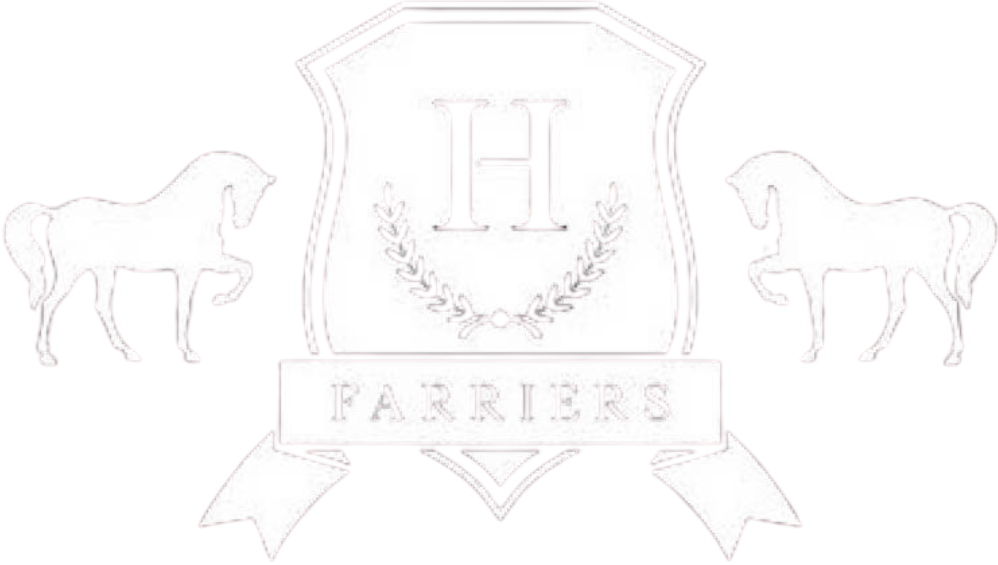


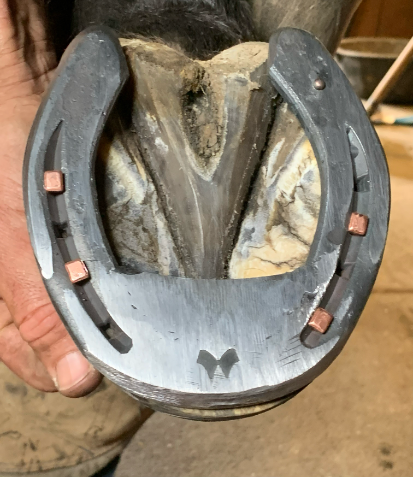
Injuries of the suspensory ligament – interosseous muscle – are common in the front and hindlimbs of the horse. Lesions are classified as affecting proximal/body or branches of the suspensory ligament.
This condition is diagnosed by a veterinarian with the use of ultrasound and sometimes MRI, as the horse may not have obvious clinical signs.
Treatment is aimed at reducing inflammation by way of anti-inflammatory drugs, hydrotherapy, stem cell therapy and controlled exercise.
Prognosis is dependant on the severity of the lesion and farriers will aim to reduce the strain and force on the suspensory ligament.
We do this by limiting the penetration of the toe on a soft surface.
The horse in question was an advanced dressage horse, which at the age of 17, had suspensory desmitis. I changed the type of shoe, and widened the toe to prevent the foot sinking into the surface. This also helps to distribute some of the load to the deep digital flexor tendon.
These examples are of shoes that I have made in the past. You will note that I have reduced the ground surface area of the heels to allow for better penetration and these shoes also have a widened lateral branch as an extension to support the hock.
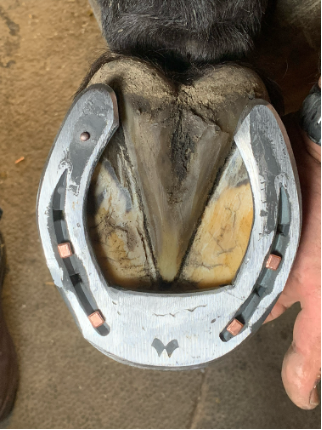
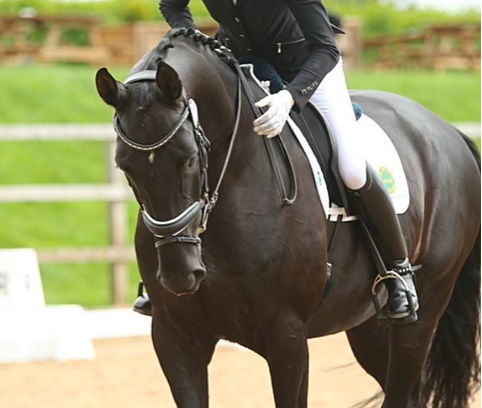
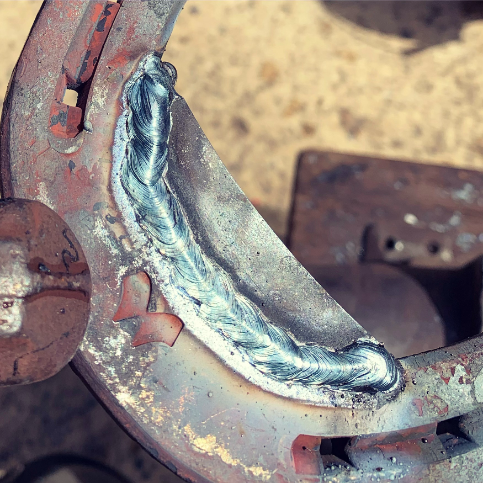

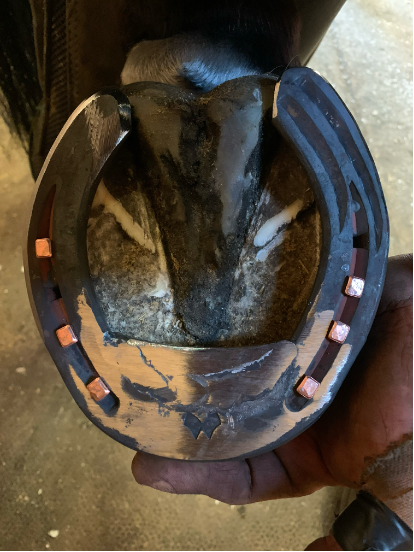
Injuries of the suspensory ligament – interosseous muscle – are common in the front and hindlimbs of the horse. Lesions are classified as affecting proximal/body or branches of the suspensory ligament.
This condition is diagnosed by a veterinarian with the use of ultrasound and sometimes MRI, as the horse may not have obvious clinical signs.
Treatment is aimed at reducing inflammation by way of anti-inflammatory drugs, hydrotherapy, stem cell therapy and controlled exercise.
Prognosis is dependant on the severity of the lesion and farriers will aim to reduce the strain and force on the suspensory ligament.
We do this by limiting the penetration of the toe on a soft surface.
The horse in question was an advanced dressage horse, which at the age of 17, had suspensory desmitis. I changed the type of shoe, and widened the toe to prevent the foot sinking into the surface. This also helps to distribute some of the load to the deep digital flexor tendon.
These examples are of shoes that I have made in the past. You will note that I have reduced the ground surface area of the heels to allow for better penetration and these shoes also have a widened lateral branch as an extension to support the hock.







